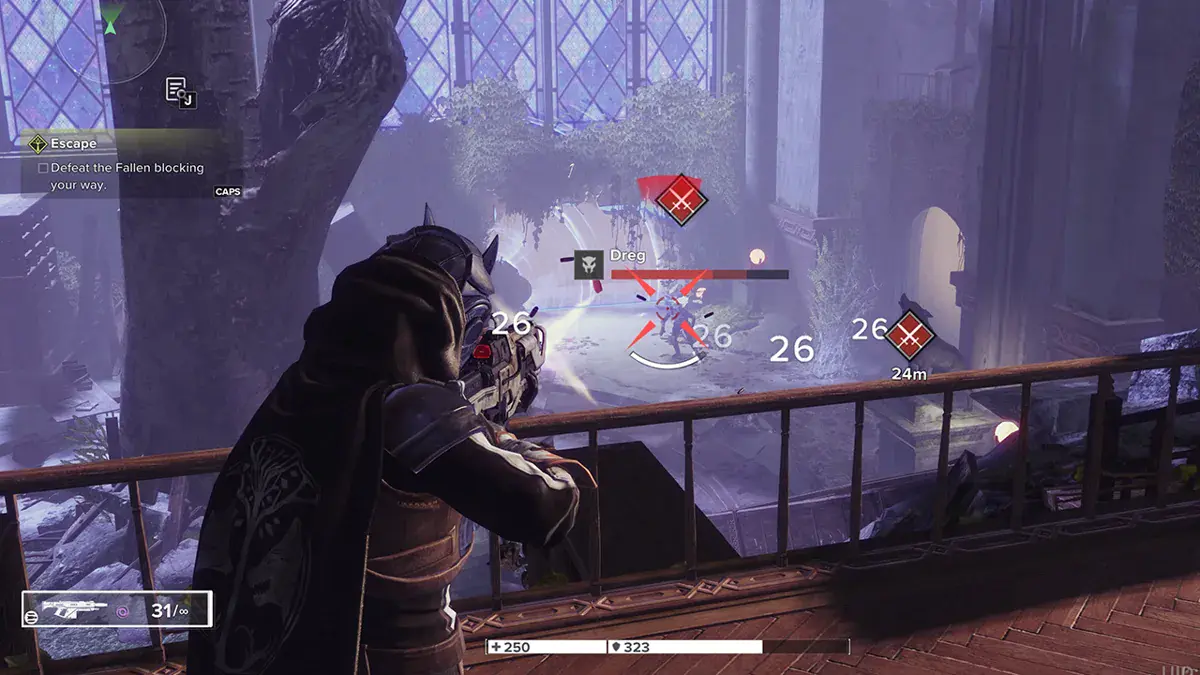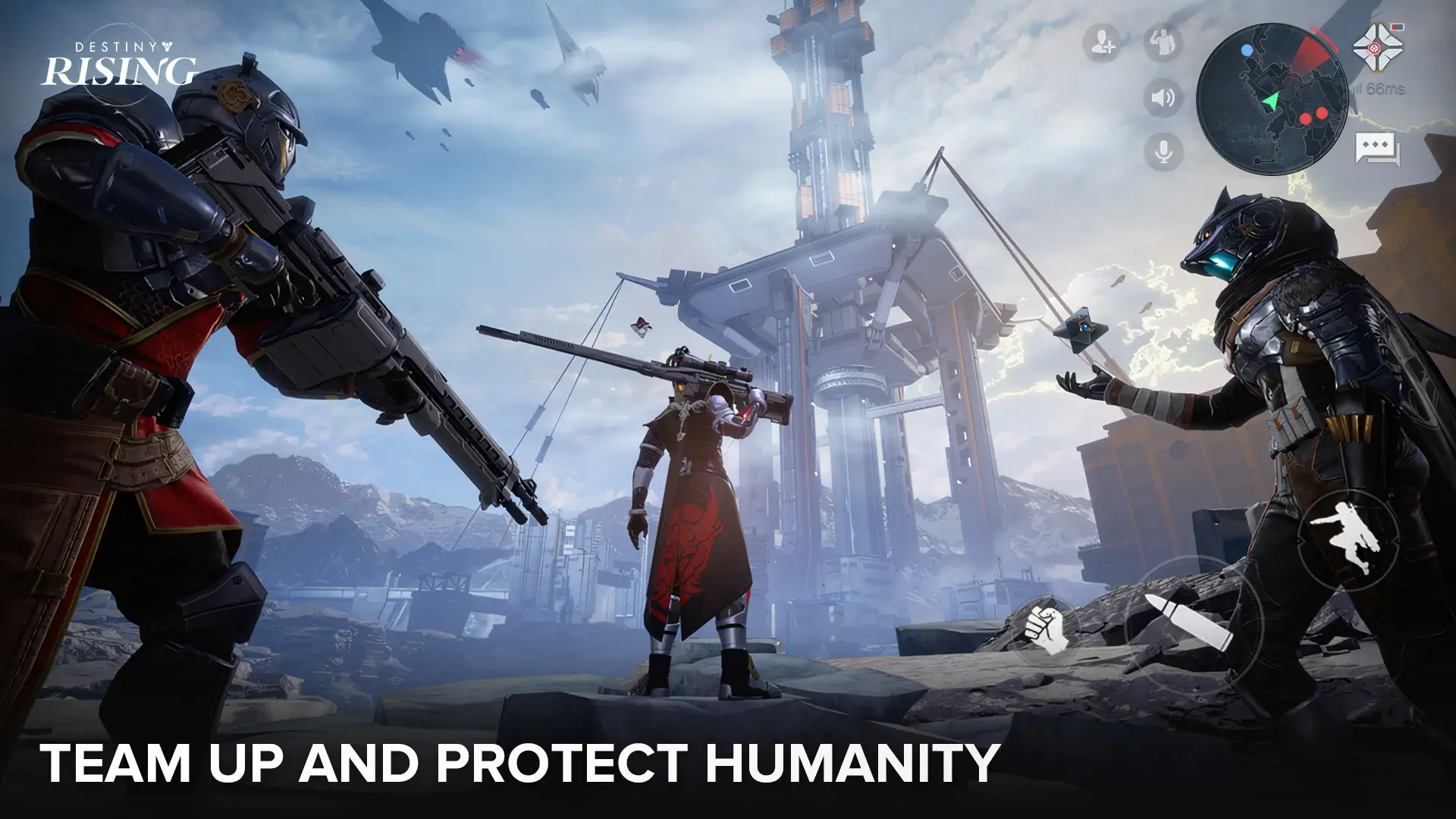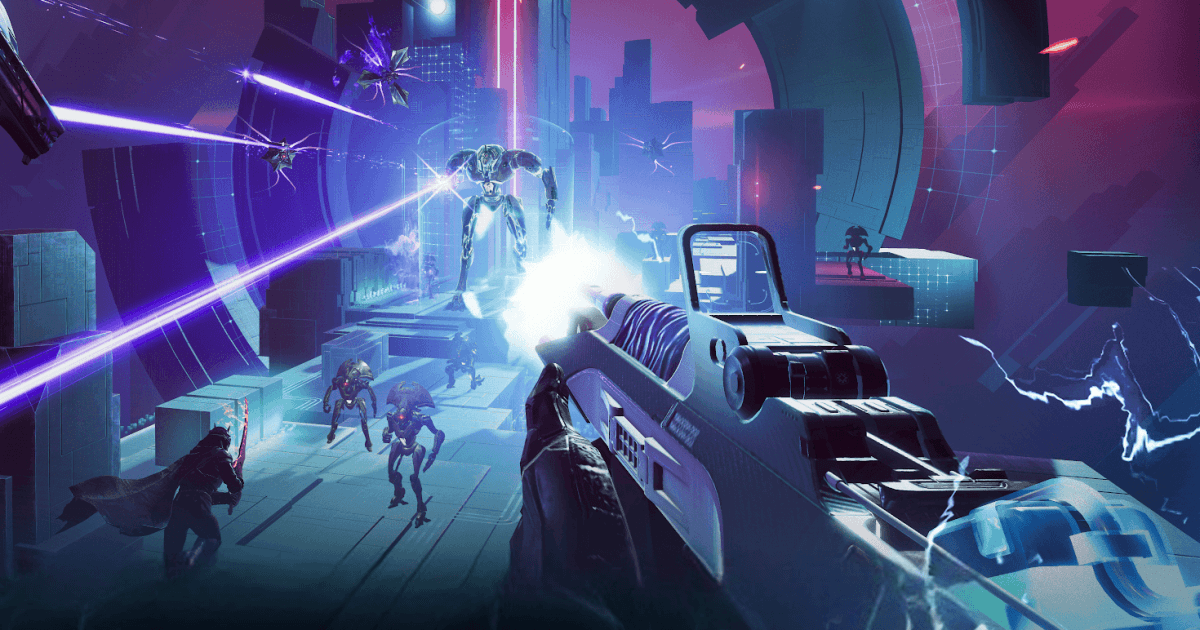Destiny: Rising – Raid Guide

Raids in Destiny: Rising are the pinnacle of cooperative play. They combine combat intensity with puzzle-solving and demand flawless teamwork from all six players involved. Unlike standard missions, raids are multi-encounter activities that cannot be brute-forced; every stage requires learning specific mechanics, assigning roles, and executing strategies with precision.
This guide explains how raids are structured, what to expect in terms of mechanics, how to build a balanced team, and how to prepare for the challenge. If you’re new to the game, check out our Beginner’s Guide to Destiny: Rising for a comprehensive introduction.
How Raids Work in Destiny: Rising
A raid is divided into multiple encounters, each with its own mechanics and objectives. Some are puzzle-focused, such as reconstructing symbols or activating switches in sequence, while others involve direct combat or boss fights with strict damage windows. Failure typically resets the current encounter, though cleared stages do not need to be repeated.
For example, the Gauntlet: Onslaught raid begins with a bridge-crossing mechanic where players must escort key carriers under fire, and later culminates in the boss fight at Issakis’s Tabernacle. These illustrate the variety of challenges raids can present—teamwork is always essential, even if the tasks themselves differ.

Team Roles
A successful raid group covers all core responsibilities. Players may shift roles depending on the encounter, but the team must always balance offense, defense, and utility.
- DPS specialists focus on delivering burst damage during boss phases.
- Support players provide healing, shields, or buffs that keep the group alive.
- Mechanics handlers solve puzzles, carry keys or fuses, and manage interactive elements.
- Add-clear roles ensure that enemy waves don’t overwhelm the group while objectives are completed.
The best raid teams assign these roles before entering and practice flexibility so members can swap responsibilities if needed.

Common Raid Mechanics
Although each raid in Destiny: Rising is unique, they often feature recurring mechanics that players should be ready for. Puzzles and symbols may need to be solved under pressure, key items like Fuses or Cannons often drive progression, and environmental hazards such as barriers or sweeping attacks force constant repositioning. Boss fights usually include stagger mechanics and short DPS windows where most of the team’s damage must be concentrated.
The Issakis encounter demonstrates this structure well: players must target the correct limbs before the boss becomes vulnerable, at which point a short window opens for concentrated fire. Mismanaging the mechanic leads to wipes, a pattern repeated across many raids in different forms.
Preparing for a Raid
Preparation is not optional for raids. Gear must be leveled, builds must be optimized, and the team should communicate their loadouts and assignments ahead of time. Having a mix of high-damage builds, defensive tools, and utility abilities ensures flexibility no matter which mechanics appear. Consumables and artifact upgrades also play an important role in maximizing effectiveness.
Unlike other activities, raids require patience. Even a well-prepared team may wipe repeatedly while learning mechanics. Treat these failures as part of the process rather than setbacks.

Tips for Success
There are general practices that make any raid smoother, regardless of the specific mechanics involved.
- Communicate constantly, especially when puzzles, callouts, or stagger mechanics are involved.
- Stay disciplined during DPS phases and avoid attacking until the boss is vulnerable.
- Rotate roles occasionally so every player understands multiple responsibilities.
By following these principles, your team builds the rhythm and resilience needed to progress through raids consistently.
Rewards and Progression
Raids offer the highest-level rewards in Destiny: Rising. Successful clears yield rare items like Ascension Cells, exotic gear, cosmetics, and emblems, many of which are exclusive to raid completion. Harder difficulty modes, such as Celebration Mode in Gauntlet: Onslaught, further increase the rewards while demanding even tighter execution. These incentives make raids the most efficient way to push progression at the endgame.

Raids in Destiny: Rising are designed to test every part of a player’s skill set, from mechanical precision to teamwork under pressure. While each raid introduces unique mechanics, the principles remain constant: prepare your builds, communicate clearly, assign roles carefully, and maintain patience as your team learns. Examples like Gauntlet: Onslaught show the variety these encounters can take, but the lessons from one raid carry into all others.
For players willing to embrace the challenge, raids offer both the best rewards and the most memorable experiences the game has to offer. For the best gameplay experience, play Destiny: Rising on BlueStacks!
















